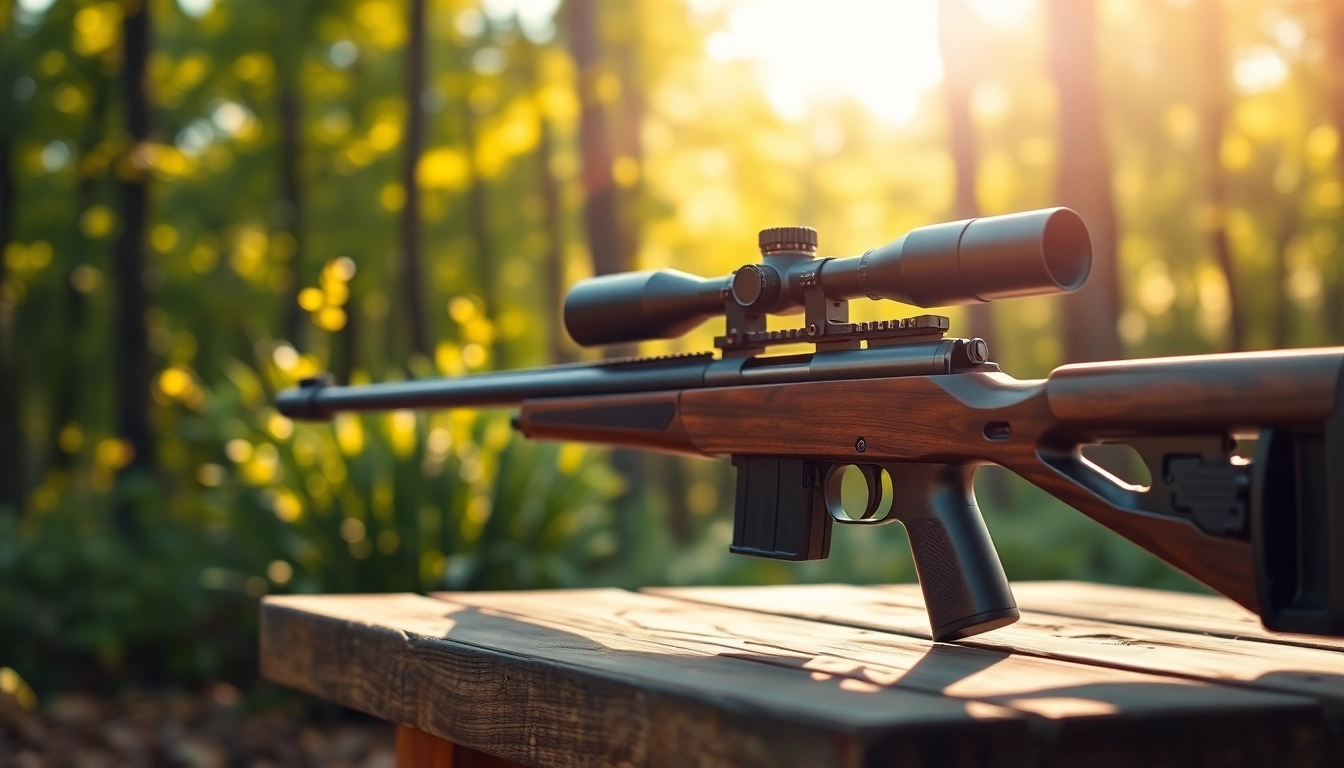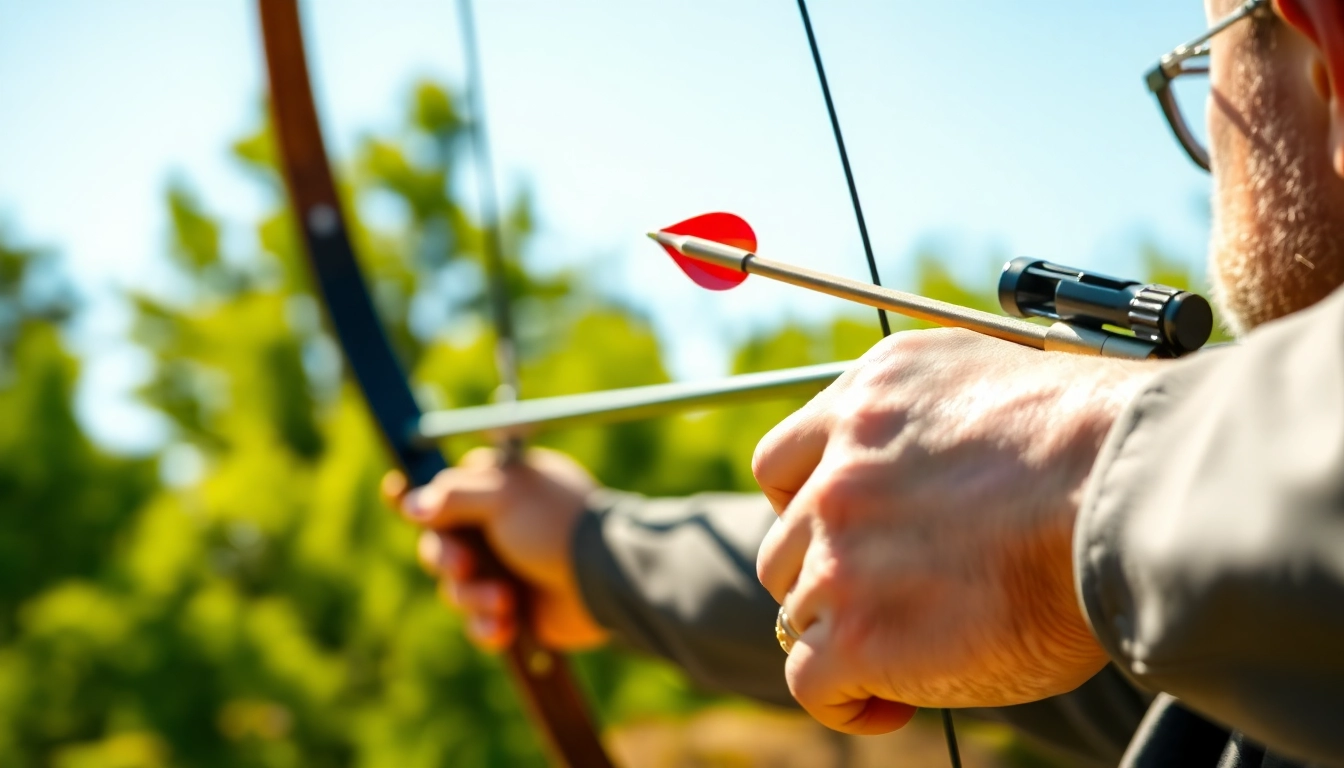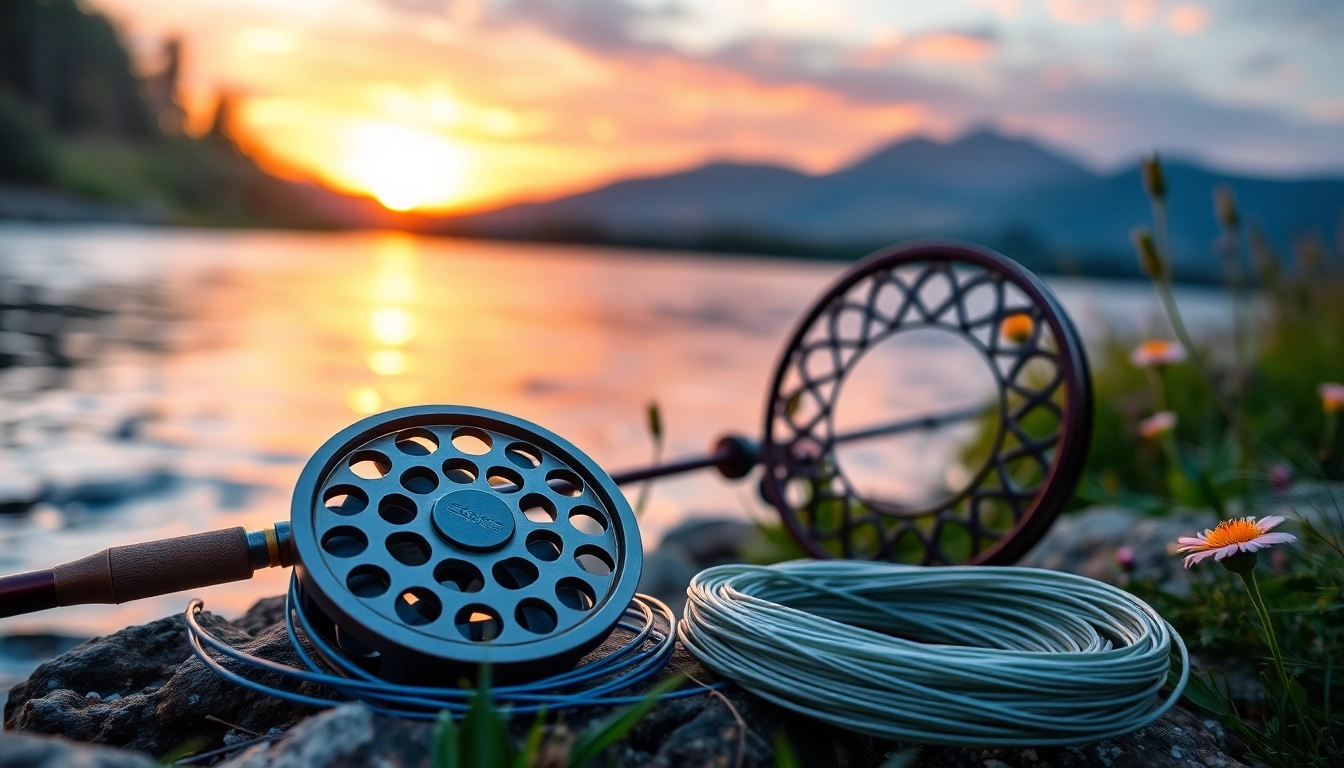The Evolution of Sniper Guns
History and Development
The sniper gun has a storied history that stretches back to the 17th century, when the first designated marksmen were employed in warfare. The artistry of long-range shooting can be traced to the advent of rifled barrels, which substantially increased accuracy over smoothbore firearms. In the mid-19th century, the introduction of the Minie ball—an elongated projectile with a wider diameter at its base—further enhanced the range and lethality of rifles, leading to more strategic deployment of sharpshooters during conflicts like the American Civil War.
During the 20th century, the development of modern sniper rifles took a quantum leap with technological advancements like bolt-action and semi-automatic mechanisms, powerful optics, and enhanced materials that made firearms lighter yet more robust. The introduction of scopes allowed shooters to engage targets at unprecedented distances, fundamentally changing battlefield dynamics. The world wars saw the refinement of sniper tactics, with notable rifles like the Mosin-Nagant, Lee-Enfield, and the Karabiner 98k becoming iconic symbols of precision in warfare.
Types of Sniper Guns
Sniper guns can be categorized based on various factors, including their design, caliber, and intended use. The most common types include:
- Bolt-Action Sniper Rifles: Renowned for their accuracy and reliability, these rifles require manual chambering of each round. Models such as the Remington 700 and the Accuracy International AXMC are favorites among military and civilian marksmen alike.
- Semi-Automatic Sniper Rifles: These firearms offer quicker follow-up shots, making them ideal for dynamic situations. They come in various calibers, with the AR-10 and M110 being notable examples.
- Designated Marksman Rifles (DMR): Bridging the gap between standard infantry rifles and dedicated sniper guns, DMRs are often equipped with optics and modifications that enhance their precision. Popular choices include the Springfield M14 and the HK G28.
Impact on Military and Sport
The impact of sniper guns extends beyond the battlefield into sporting applications, where precision shooting has garnered a dedicated following. In military contexts, snipers are crucial in reconnaissance and intelligence-gathering missions, offering the ability to neutralize threats with a high degree of accuracy while remaining concealed. Sporting events like precision rifle competitions have also gained traction, allowing enthusiasts to test their skills and the capabilities of their firearms in a controlled environment.
Features of a Quality Sniper Gun
Barrel Length and Twist Rate
Barrel length significantly affects the bullet’s velocity and, consequently, its trajectory. Typically, sniper guns range from 20 to 26 inches, with longer barrels generally providing better accuracy at extended ranges. The twist rate of the barrel, which indicates how many inches it takes to make a complete revolution, is also vital as it stabilizes the bullet in flight. A faster twist rate is essential for heavy, high-velocity projectiles.
Optics and Sighting Systems
The role of optics in optimizing rifle accuracy cannot be overstated. Quality sniper guns are equipped with high-powered scopes capable of magnifications from 4x to upwards of 30x, allowing snipers to identify and engage targets at great distances. Feature sets such as adjustable turrets, illuminated reticles, and parallax adjustment ensure precision in diverse shooting scenarios.
Material and Build Quality
Durability and reliability are paramount in sniper guns. Firearms constructed from high-grade materials like stainless steel and aircraft-grade aluminum tend to endure the rigors of variable environments better. A solid build not only contributes to accuracy but also allows for thorough performance despite critical weather conditions.
Choosing the Right Sniper Gun for Your Needs
Assessing Intended Use
Determining the primary purpose of the sniper gun is the first step in making an informed choice. Are you looking for a weapon for military precision, long-range hunting, or shooting sports? Each application has distinct requirements, and selecting a sniper gun tailored to these needs will significantly enhance performance.
Budget Considerations
Setting a budget is also vital, as sniper guns can vary greatly in price. Understanding what features are essential to your performance and where you can compromise is key to finding a suitable firearm without overspending. It’s essential to weigh the price against the potential benefits, ensuring the acquisition of a tool that meets your precision requirements while remaining within financial means.
Manufacturer Reputation
The reputation of a manufacturer can heavily influence the reliability and performance of your sniper gun. Researching brands with a history of quality and excellence will not only save you from potential issues down the line but also grant you peace of mind regarding your investment.
Maintenance Tips for Longevity
Cleaning and Care
Regular cleaning is essential for maintaining the integrity of your sniper gun. Components such as the barrel, action, and bolt should be cleaned, oiled, and checked for wear periodically. Adhering to a strict cleaning schedule ensures that your firearm remains functional and accurate for years to come.
Storage Practices
Proper storage is another critical element of firearm maintenance. Keeping your sniper gun in a dry, climate-controlled environment will help prevent rust and deterioration of materials. Utilizing a quality gun case or safe can further shield against environmental damage or potential unauthorized access.
Regular Inspections
Beyond routine cleaning, regular inspections can help identify potential issues before they escalate. Check for loose screws, signs of wear, and general function to ensure that your rifle remains in optimal condition. Engaging a qualified gunsmith for thorough inspections and necessary adjustments can prolong the life of your sniper gun significantly.
Future Trends in Sniper Guns
Technological Advancements
The future of sniper guns is poised for innovative advancements that will continue to enhance shooting performance and accuracy. Technologies such as smart scopes equipped with ballistic calculators and range finders, as well as advancements in ammunition ballistics, are already making waves in the industry. Innovations in materials, such as composites and polymers, are likely to decrease weight while maintaining strength and durability.
Customization Options
Personalization has become a hallmark of modern sniper guns. Enthusiasts can customize their firearms to meet specific preferences, including adjustable stocks, improved triggers, and aftermarket barrels. This not only allows shooters to optimize their equipment for accuracy and comfort but can also significantly enhance overall performance.
Environmental Considerations
As ecological awareness grows, the firearms industry is looking at ways to reduce its environmental footprint. This may include utilizing sustainable materials, producing more efficient manufacturing processes, and promoting the adoption of greener ammunition types. These considerations will likely become increasingly relevant for consumers as they seek to align their purchases with personal values.















Leave a Reply